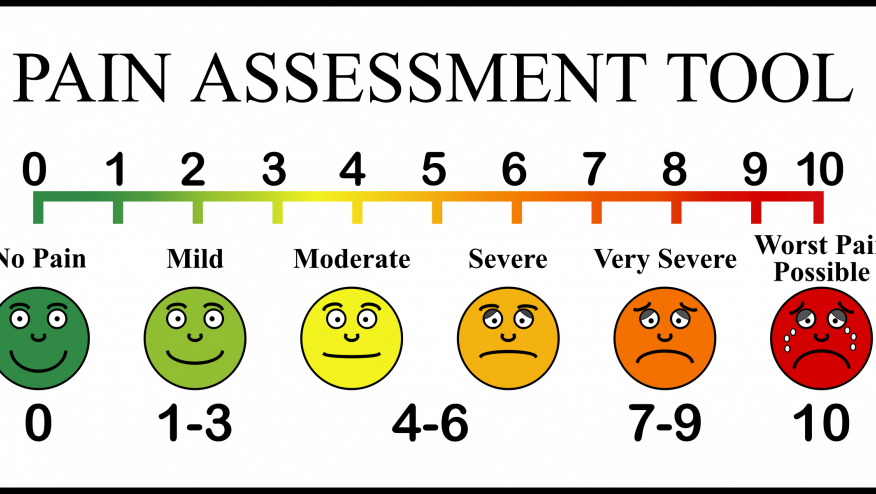NICE Guidelines on Chronic Pain Management Save

In the United Kingdom, where it is estimated that chronic pain affects one‑third to one‑half of the population, NICE (National Institute for Health and Care Excellence) has recently released an updated guideline on the management of chronic pain for people aged 16 years and over. This document is evidence based and unique in differing from US and Canadian guidelines on pain.
Notably, NICE advises against UK physicians prescribing any type of painkiller for those suffering from fibromyalgia, chronic headache, Complex Regional Pain Syndrome (CRPS), chronic musculoskeletal pain and other types of “primary chronic pain” for which there is no known cause. Instead, such conditions can be managed with exercise, cognitive behavioral therapy (CBT), acupuncture and antidepressants.
This list of recommendations is stricter than most, advising against opioids, but also against paracetamol (acetaminophen), NSAIDs, gabapentinoids, corticosteroids, and benzodiazepines for pain control.
They define "Chronic pain" as pain that lasts for more than 3 months. Examples of chronic primary pain, include fibromyalgia (chronic widespread pain), complex regional pain syndrome, chronic primary headache and orofacial pain, chronic primary visceral pain and chronic primary musculoskeletal pain.
The following is exerpted from the NICE guideline website:
Key Recommendations
- Emphasis on good communication in the care for people with chronic pain
- Assessing Chronic pain - distinguishing primary and secondary pain; understanding the consequences of pain
- Developing a plan of Care for pain - understand patient priorities, abilities and goals and their preferred treatments
- Having a plan for Flare-Ups
- Non-pharmacological management of chronic primary pain
- Offer supervised group exercise to manage chronic primary pain
- Encourage to remain physically active for longer-term general health benefits
- Psychological modalities for chronic primary pain
- Consider acceptance and commitment therapy (ACT) or cognitive behavioural therapy (CBT) for pain
- Acupuncture for chronic primary pain - consider a single course of acupuncture or dry needling
- Do not offer any of the following for chronic primary pain:
- TENS
- ultrasound
- interferential therapy
- Biofeedback
- Pharmacological management of chronic primary pain
- Consider an antidepressants for pain (eg, amitriptyline, citalopram, duloxetine, fluoxetine, paroxetine or sertraline) - this would bean off-label use of antidepressants. Explain to patients that antidressants may help with quality of life, pain, sleep and psychological distress, even in the absence of a diagnosis of depression.
- Do not initiate for chronic primary pain management:
- antiepileptic drugs including gabapentinoids
- antipsychotic drugs
- benzodiazepines
- corticosteroid trigger point injections
- ketamine
- local anaesthetics (topical or intravenous)
- local anaesthetic/corticosteroid combination trigger point injections
- non-steroidal anti-inflammatory drugs
- opioids
- paracetamol.








If you are a health practitioner, you may Login/Register to comment.
Due to the nature of these comment forums, only health practitioners are allowed to comment at this time.